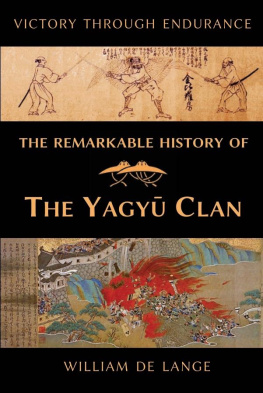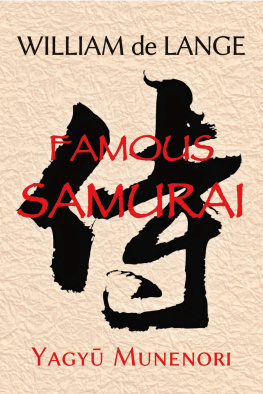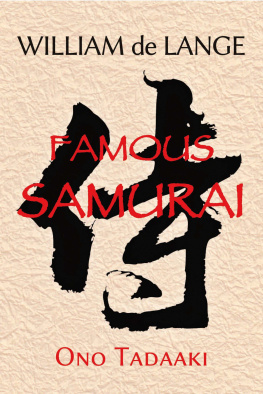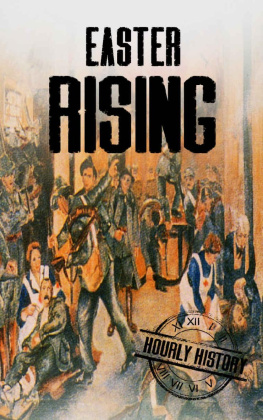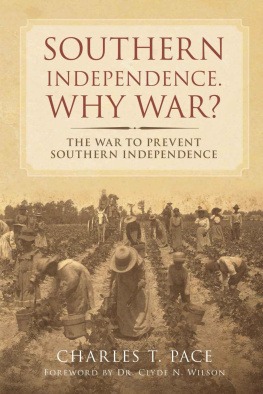About the Book
This is the true story of the eventful history of the famous Yagy clana story that began during the early heady days of the Genk Rebellion (133133), when emperor Go-Daigo sought to restore power to the throne with the support of the Yagy and other loyal clans. It follows their campaigns on behalf of Go-Daigo's southern court during the Northern and Southern Courts period (13341392), and their long and hard struggle to retain their independence when the country rapidly descended into anarchy in the wake of the nin Rebellion (146777).
This first full Yagy history in the English language recounts how, through a succession of misfortunes beyond their control, the Yagy clan first lost its independence, then its castle and domains, until finally its members were thrown upon the mercy of a local temple. Yet it was in the very depth of those bleak and desperate years, that its leader, Yagy Muneyoshi, discovered his true strength and began his clan's remarkable recovera recovery crowned with the ascendancy of his son, Munenori, to the exalted rank of Daimy, or feudal lord.
It is perhaps no coincidence that the two Chinese characters that make up the name of Yagy stand for the willow tree and life, or the giving of birth, for both seem to sum up perfectly the particular characteristics that helped propel this ancient clan to such exalted heights. Like the pliable willow tree, it was their resilience in the face of irresistible forces that enabled the Yagy to outweather the raging storms of fortune and remain standing, alive and well, their spirit intact. In doing so, the Yagy gave birth to an art of fencing that has survived for more than five centuries. Among the countless schools of swordsmanship brought forth by Japan's feudal era the Yagy Shinkage-ry still stands out for its sheer continuity.
Though dramatized in its settings and descriptions, all names, characters, places, dates, and historic incidents mentioned in this work are based on real-life persons, places, and events. Similarly, all block quotations are taken from their original sources.
About the Author
William de Lange was born in 1964 in Naarden, the Netherlands to Dutch and English parents. During the early nineties he studied Japanese language and culture at the universities of Leiden in the Netherlands and Waseda in Japan. Living and writing in Japan for most of the remaining decade, he studied the art of Japanese fencing under Akita Moriji sensei, eighth dan master of the Shinkage school of swordsmanship. He currently lives in the Netherlands, where he spends his time writing and translating books on a variety of Japanese subjects.
He is the author of The Real Musashi series, the three-part history Famous Samurai, and Through the Eye of the Needle: The First Dutch Expedition to Reach Japan (previously published as Pars Japonica). He is currently writing Samurai Battles: The Long Road to Unification.
For more on books by William de Lange at: www.williamdelange.com
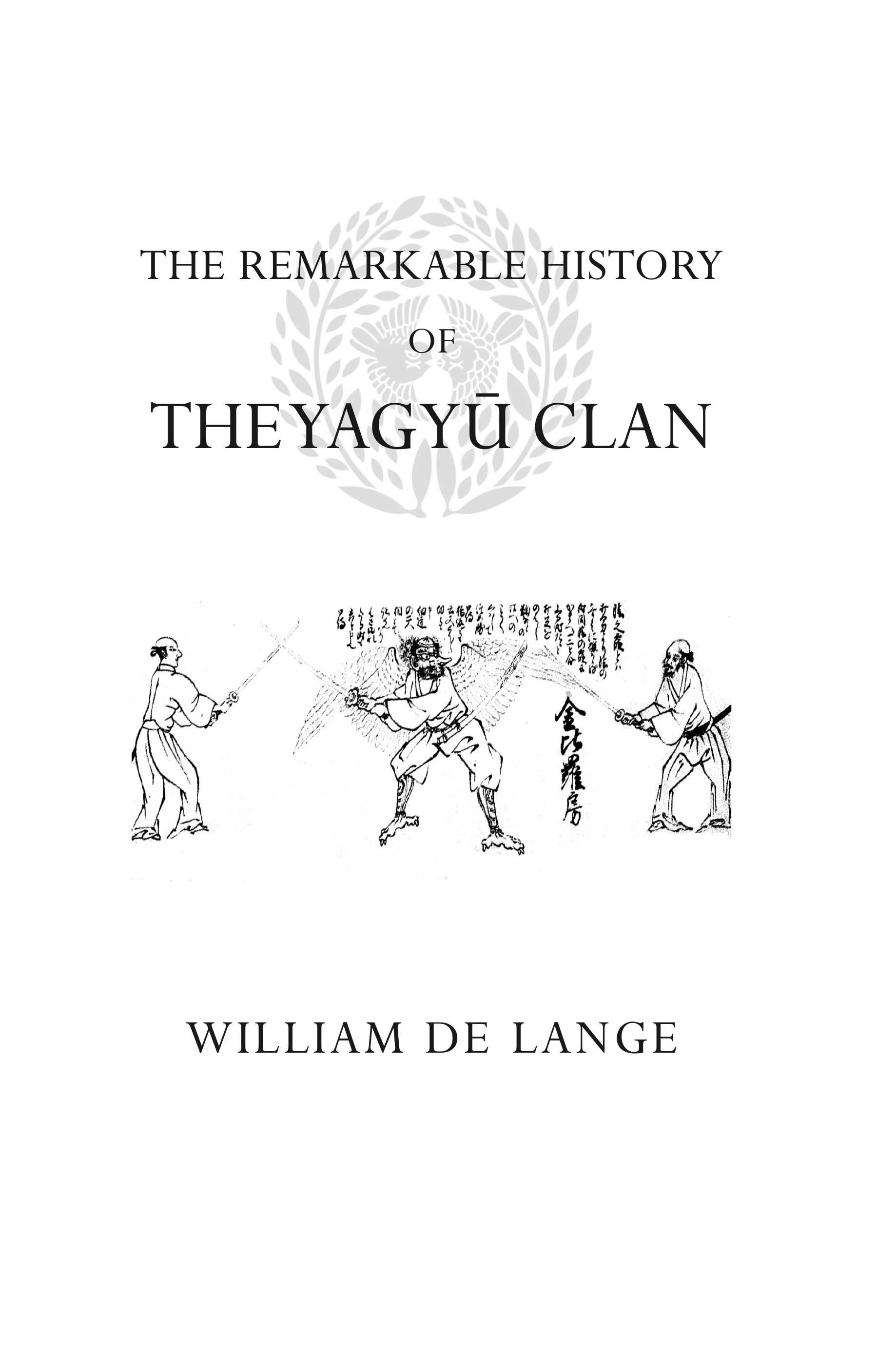
First ePub edition, 2019
For more on books by William de Lange visit:
www.williamdelange.com
First edition, 2019
Published by TOYO PRess
Visit us at: www.toyopress.com
Copyright 2019 by William de Lange
The moral right of the author has been asserted.
All rights reserved. No part of this publication may be reproduced, stored or introduced into a retrieval system, or transmitted, in any form or by any means (electronic, mechanical, photocopying, recording or otherwise), without the prior written permission of both the copyright owner and the above publisher of this book.
ISBN 978-94-92722-188
Also by William de Lange
Miyamoto Musashi A Life in Arms
The Real Musashi: The Bush denraiki
The Real Musashi: The Bukden
The Real Musashi: A Miscellany
Famous Japanese Swordsmen: The Two Courts Period
Famous Japanese Swordsmen: The Warring States Period
Famous Japanese Swordsmen: The Period of Unification
10000 Japanese Idioms
1000 Japanese Onomatopoeia
A Dictionary of Japanese Proverbs
Pars Japonica
Iaid
Available in eBooks
Miyamoto Musashi A Life in Arms
The Real Musashi: The Bush denraiki
The Real Musashi: The Bukden
Famous Samurai: Kamiizumi Nobutsuna
Famous Samurai: Ono Tadaaki
Famous Samurai: Yagy Munenori
Through the Eye of the Needle (Pars Japonica)
Available in Apps
10000 Japanese Idioms
1000 Japanese Onomatopoeia
A Dictionary of Japanese Proverbs
For Ray Furse

Introduction

It is perhaps no coincidence that the two Chinese characters that make up the name of Yagy stand for the willow tree and life, or the giving of birth, for both seem to sum up perfectly the particular characteristics that helped propel this ancient clan to such exalted heights. Like the pliable willow tree, their resilience in the face of irresistible forces enabled the Yagy to outweather the raging storms of fortune and remain standing, alive and well, their spirit intact. In doing so, the Yagy gave birth to an art of fencing that has survived for more than a half a millennium. Consequently, among the countless schools of swordsmanship brought forth by Japans feudal era, the Yagy Shinkage-ry stands out for its sheer continuity.
The epic history of the Yagy Shinkage-ry hinges on two events, both of them chance encounters. The first was the meeting of Yagy Muneyoshi and the legendary Kamiizumi Nobutsuna, founder of the Shinkage-ry. The second was his introduction to Tokugawa Ieyasu, founder of the Tokugawa Shgunate. The first was instrumental in the development of the Yagys style of fencing; the second proved pivotal in their success. It was through Tokugawa Ieyasu that Muneyoshis son, Munenori, was promoted to the powerful position of Daimythe first and only swordsman in Japanese history to do so. Had Muneyoshi not had his two remarkable encounters, it is unlikely that the Yagy Shinkage-ry would have flourished as it did.
Opportunities lie on everyones road. Yet that road may be long and hard. So, at least, it was with the Yagy. During the five centuries before Muneyoshis encounters, his clan experienced the whole gamut of hardships. They were the kind of hardships only a country at war could create: loss of kinship; loss of honor, loss of hope, loss of life. The low point in the Yagys long history came toward the middle of the sixteenth century when in the course of a few decades they first lost their independence, then their castle, then their domains, until finally they were thrown on the mercy of a local temple. Looking back we can now see the obviousit was the bleak, not the prosperous years that proved seminal. For it was during those years, years in which they were deprived of their worldly possessions, stripped of their rank and status, thrown back on their own devices, that these sturdy men were forced to reach deep within themselves to find their true strength: their ability with the katana.
And thus it is not in their eventual success itself that we should seek the true lesson of their history, nor in the opportunities that fate meted out. Rather, it is in the remarkable resilience and the ever-abiding sense of purpose with which this small but indomitable tribe of Japanese clansmen dealt with the cruel reversals of fate, the humbling defeats, the seemingly endless setbacks. Indeed, it may well have been the severity of the raging tempest that made the Yagy cling to their hard-found refuge with such tenacity. Ultimately, it was their unshaken belief in their ability with the katana that sustained them and to which they owed their eventual success. It is from that beliefthe belief in ones own talentthat we can still derive true lessons on how to deal with the challenges that life throws at all of us.

